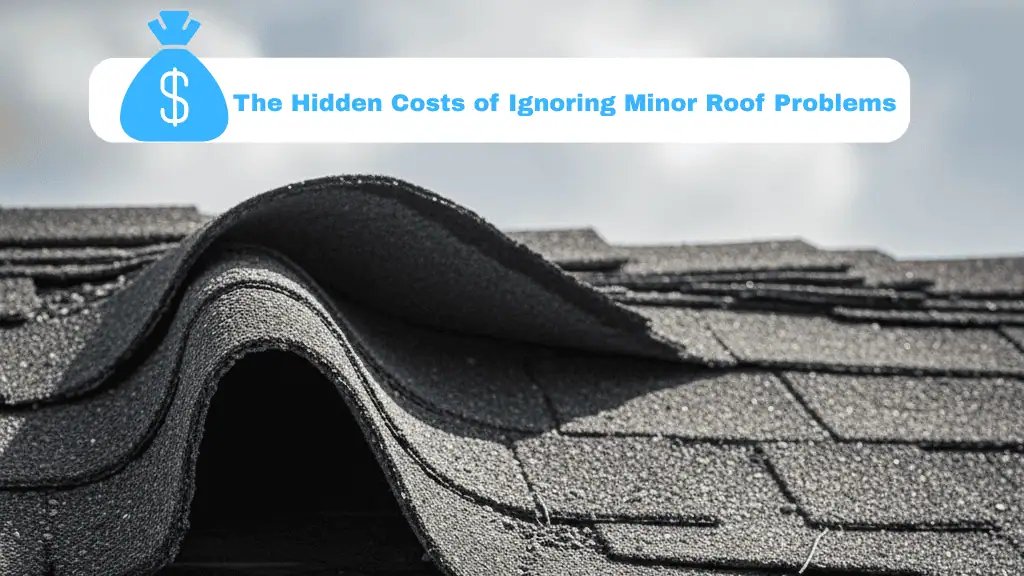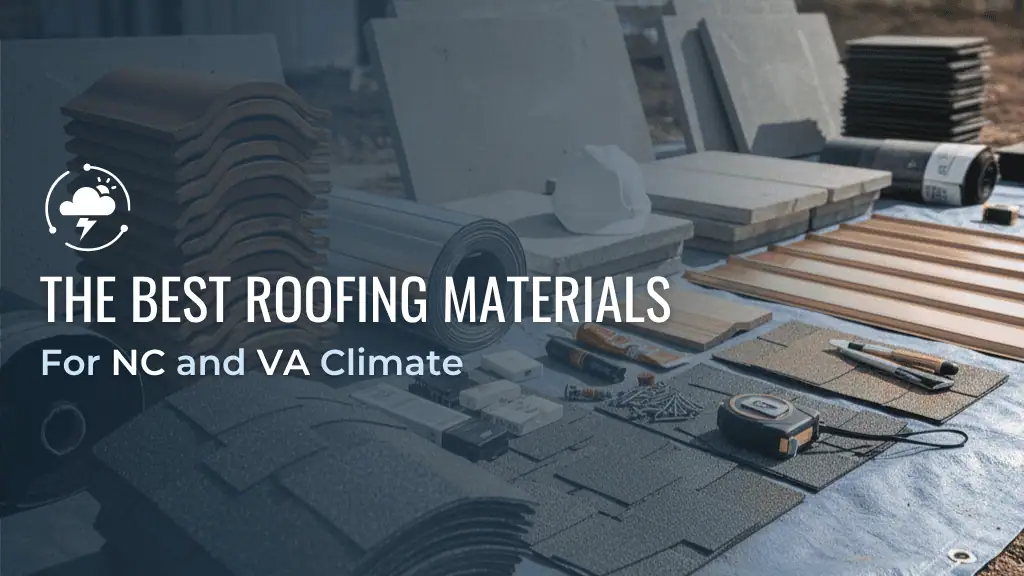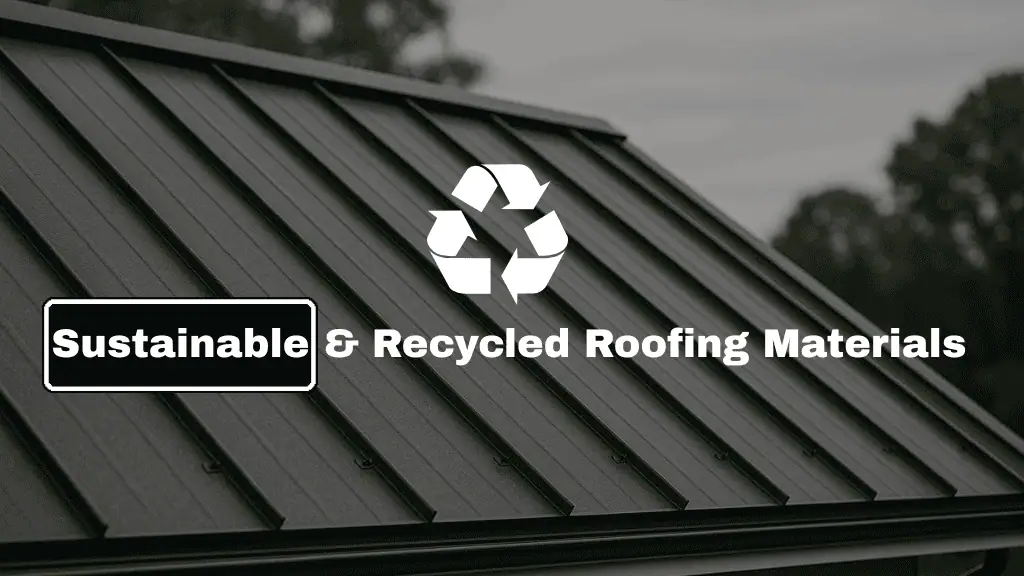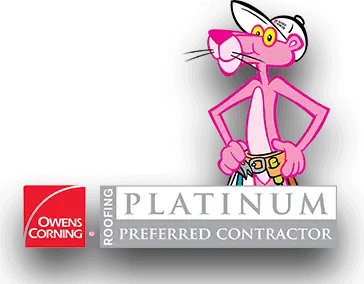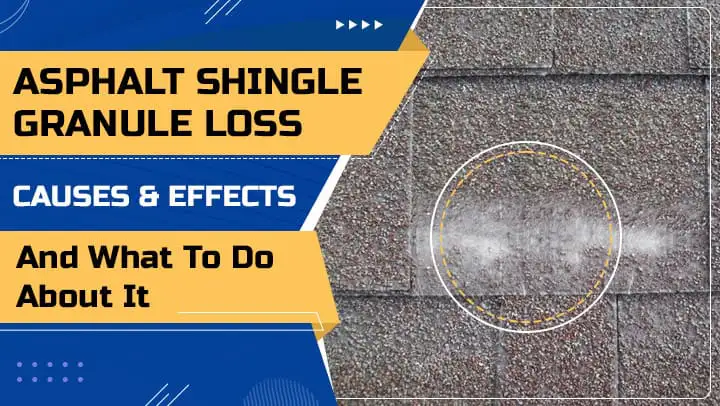
Shingle Roofs: Still the Most Popular Roofing Material in the U.S.
Got shingles? Wanting to learn more about shingle roofs, or thinking about making plans to replace your current shingle roof? If you’ve got shingles on the brain (or on your roof), you’re really in pretty good company. Asphalt shingles continue to be the most popular type of roofing in America, as they have been for almost 100 years.
Surprisingly, many homeowners still don’t know much about the makeup of shingles or exactly how they work. In today’s article, we’ll take a closer look at shingles in general, and at shingle granules in particular. What’s the point of those sand-like components, and what does it mean for your roof once those granules start to wash away?
The Anatomy of a Shingle, and Why Granules Matter
In case you didn’t know, the basic anatomy of an asphalt shingle includes three essential layers – a base material, a layer of asphalt, and a mixture of mineral granules worked in. The backing base provides support, along with a mounting surface to go over the roof underlayment. The asphalt material offers natural water resistance and gives the shingle some needed depth and weight. So, what’s the point of all those little sand-like granules?
Shingle granules actually provide a number of important features and benefits. From an aesthetic standpoint, they add some attractive color and texture to your roof. But granules also provide much more than just aesthetics:
1. Direct water flow
Granules help shingles to shed water; they actually help to direct the flow and keep water moving down the shingles and off of your roof. In the event of significant granule loss, water flow is reduced, and there’s more opportunity for moisture to penetrate into your roof structure.
2. Sunscreen
Granules are composed of minerals and ceramics which are UV-resistant. Think of it as applying a helpful layer of sunscreen on top of your shingles. This built-in UV protection improves the performance of your shingles, and also serves to help extend their service life.
3. Heat reduction
The granules are coated to be reflective as well, so they help to direct away bright sunlight and infrared radiation. This heat protection is particularly beneficial in warm climates like those we have across the Southeast. The reflective granules help to keep your roof (and your home) cooler on hot, sunny days.
4. Better fire protection
Granules can’t prevent fires from starting inside your home, but they provide an extra layer of protection against exterior fire threats like windblown sparks or fiery debris. While no roofing material is completely fireproof, the more fire resistance you have built into your roofing, the better!
5. Inhibit algae growth
Blue-green algae growth is a common threat to roofs in humid climates, but some types of asphalt shingles are engineered to resist algae development thanks to the inclusion of copper in the granules. What’s bad about having algae on the roof? Algae naturally retains moisture, and retained moisture can eventually result in shingle rot and roof damage. And excessive granule loss means your shingle roof is much more prone to algae growth.
6. Easier shingle installation & improved foot traction
Granules serve to help keep shingles from sticking together during the packing, transportation, and installation process. The presence of granules also gives roofing professionals better foot traction whenever they’re installing or servicing your roof.
So, is Granule Shedding a Bad Thing?
In and of itself, no. Some granule shedding is to be expected with any asphalt shingles. These shingles are actually manufactured with more granules than they initially need on purpose, because there will almost certainly be some loss of granules during the installation process. In addition, you can expect minimal granule shedding to occur with every precipitation event that comes your way over the life of your roof; that’s just something that goes along with having shingle roofing. But once your roof gets to the point that it’s shed too many granules, that’s when problems can start to develop.
You shouldn’t be shocked if you see a few granules around your downspouts after heavy rain. Daily exposure to UV rays, wind, and other weathering will take their toll over time, too. But if you’re starting to see significant accumulations of shed granules in your gutters or underneath your downspouts, your shingle roof could be getting closer to the end of its practical service life. At that point, it would be wise to have a local roofing professional like Skywalker Roofing come out to perform a shingle inspection, and then be able to make some recommendations about the next steps regarding roof repair or replacement.
What are some common causes – and preventions – for shingle granule loss?
As we mentioned, granule loss is just a fact of regular shingle roof wear-and-tear. Under normal conditions, the granules are designed to stay on the shingles over the expected lifespan of the roof. But having said that, there are several factors which can actually accelerate granule loss, and some of those are completely manmade and preventable. Let’s take a look at some of the most common culprits, along with some things you can do to help neutralize the risk of premature granule loss.
• Fallen debris
Any debris that falls on your roof can scrape off valuable granules. While there’s no way to prevent wind storms and other weather events which can break off tree limbs, there is something you can do to help minimize the likelihood that limbs will land on your roof. Make an annual habit of pruning back any trees or tall shrubs which overhang or are in close proximity to your house. Fewer limbs overhead means less chance of debris shedding your shingle granules.
• Clogged gutters
How can clogged gutters actually lead to even more granule shedding? Debris collected in the gutters can be blown or washed up onto the roof during a storm, and this debris can knock even more granules off of your shingles.
• Foot traffic
While keeping your roof and gutters clear is very important, walking or climbing around on your roof excessively can also have a negative impact. Whenever there’s a constant battle between shoes and granules, the granules will lose every time! For this reason, you should minimize traffic on your shingle roof as much as possible.
• Pressure washing
While there are some effective methods for clearing off roof debris and keeping your gutters free-flowing, using a pressure washer is NOT one of them – especially where shingle roofs are involved. It’s not that a pressure washer can’t provide the force to get the job done; it’s more about the fact that it provides too much force. A pressure washer will knock off shingle granules in droves, and a misdirected pressurized stream can shoot underneath your roofing and cause some real water damage, too.
• Storm damage
You’ll probably not be surprised to learn that the most common cause of roof damage is a storm event. Wind, hail, and heavy precipitation can do a number on your roof, including taking off an excessive amount of shingle granules. You really can’t dictate what Mother Nature does, but you can act swiftly to help mitigate any lingering effects. Be sure to inspect your roof after any significant weather event. It’s better to conduct some timely repairs in the spots that need it most, rather than doing nothing and seeing more significant damage occur with each subsequent weather event!
When is it time to consider a roof replacement?
Even if your roof is covered with architectural shingles or a similarly-sturdy asphalt shingle product, the fact of the matter is that no shingle roof will last forever. Here are a few signs which can indicate that it’s time to go ahead and make plans for your roof replacement:
- Bald shingles – If most of your granules have been shed, then your shingles simply won’t deliver the level of protection your roof needs from water infiltration. You’ll miss out on all the other positive benefits we detailed about having shingle granules in place, too.
- Curling, peeling, buckling, or sagging shingles – Curling or peeling shingles can lead to roof leakage and mold growth. And if your roof appears to be warped or buckled, that’s a good sign that water damage is already taking place and has weakened your roof’s infrastructure.
- Damaged flashing – Metal flashing seals the joints around roof features like chimneys, exhaust fans, vents, etc. This metal can corrode, rust, or wear out over time. Whenever and wherever this happens, leaks are almost certain to appear.
- Interior leaks – If you’re seeing leaks in the attic or ceiling, then the source of water intrusion is very likely to be your roof. Leaks like these simply won’t fix themselves, and will only get worse over time if left unattended.
Need to Replace Your Shingle Roof? Partner with the Pros – Choose Skywalker!
If it’s time for a shingle roof replacement, the friendly pros at Skywalker Roofing would be glad to help you explore all your options, including quality shingles from Owens Corning, metal roofs, slate, tile, synthetics, and more. If you’re looking for the highest-rated, most-trusted local roofing company serving both NC and VA, then you’ve found it in Skywalker! Of course, you don’t have to just take our word for it; check out our reviews on Google, Facebook, and Guild Quality, too. Let our happy customers tell you why we’re the local roofing provider you really can trust to take care of you and your roof the right way!
We’re proud to serve the NC Piedmont Triad, NC Piedmont Triangle, Lake Norman area, and southwestern VA region, and we’d be honored to serve your needs, too! Just give us a call at +1 (336) 627-5596 today, and experience the Skywalker difference for yourself.





